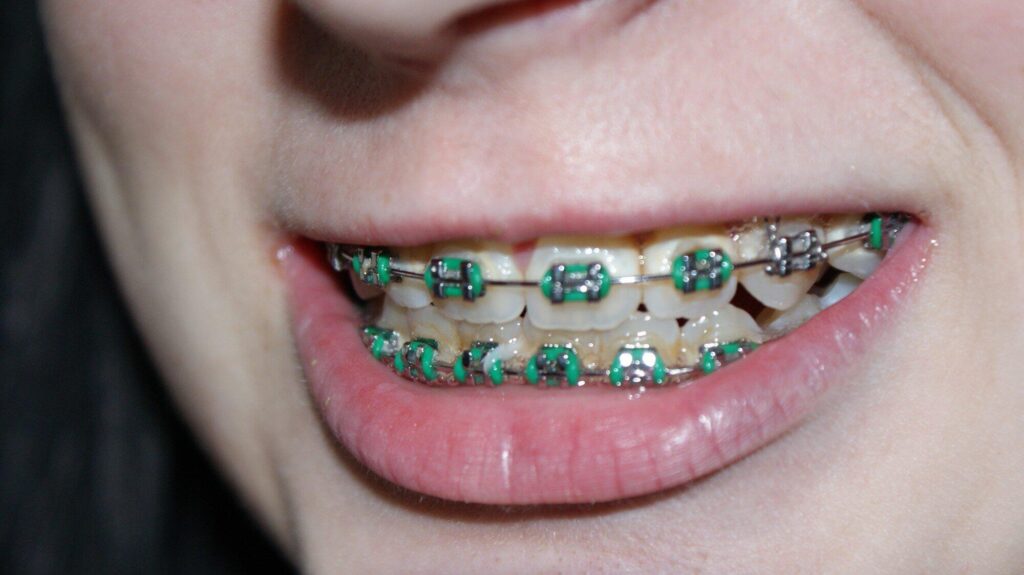Braces are a common solution for people who want straighter teeth and a healthier smile. They work by slowly moving teeth into better positions over time. Many people think braces are only for children, but adults can benefit from them as well.
Today, there are different types of braces available for all ages, each with its own benefits. Choosing the right one depends on personal needs, lifestyle, and comfort.
Traditional Metal Braces
Traditional metal braces are the most well-known type. They use metal brackets and wires to move teeth into place. Modern designs are smaller and more comfortable than they were in the past.
One advantage is that they usually cost less compared to other options. They are also very effective for treating even severe alignment problems. Children and teens often choose colorful rubber bands to personalize their braces. While they are noticeable, their effectiveness makes them a popular choice.
Ceramic Braces
Ceramic braces work like traditional metal braces, but they use clear or tooth-colored brackets. This makes them less visible and more appealing for older teens and adults. They are strong, but not as durable as metal braces. Because of their clear look, they can stain if not cared for properly.
Patients who want a balance between effectiveness and appearance often choose ceramic braces. They are especially useful for people who feel self-conscious about wearing braces in professional or social settings.
Lingual Braces
Lingual braces are placed behind the teeth instead of in front. This makes them hidden from view, which is their biggest advantage. They are custom-made for each patient, so they fit closely to the shape of the teeth. However, they may take more time to get used to since the tongue can touch the braces.
Speaking clearly may be difficult at first, but most people adjust over time. Lingual braces are a great option for adults who want an invisible solution but still need powerful results.
Clear Aligners
Clear aligners, such as Invisalign, have become very popular in recent years. They are removable trays made of clear plastic that gradually shift teeth. Patients wear a series of aligners, switching them every few weeks as teeth move. The biggest benefit is that they are nearly invisible and can be removed when eating or brushing.
This makes them very convenient for people with busy lifestyles. However, they only work well if worn as directed, usually 20 to 22 hours per day. A Lakeway orthodontist can help patients decide if clear aligners are the right choice based on their dental needs.
Choosing the Right Option
With so many types of braces available, it is important to pick the one that fits both lifestyle and dental needs. Children often use metal braces because they are affordable and effective. Teens may prefer ceramic braces or clear aligners for a less noticeable look.
Adults may choose lingual braces or clear aligners to keep treatment discreet. Cost, comfort, and treatment goals all play a role in the decision. A consultation with an orthodontist can help find the best match for every patient.
Explore the Different Types of Dental Braces
Braces are no longer one-size-fits-all. From traditional metal braces to nearly invisible clear aligners, there are options for every age and lifestyle. Each type has its advantages, whether it is strength, appearance, or convenience.
With the right choice, anyone can achieve a healthier smile. Braces are an investment in confidence, and modern options make the process more comfortable than ever before.
Looking for more tips and ideas? We’ve got you covered. Check out some of our other posts now.






